Mikoyan-Gurevich MiG-31BS Russian Air Force
Production Time 9 to 10 weeks
Shipment is by FedEx, UPS or DHL International Express Courier with a normal door-to-door delivery time worldwide of within 2-3 business days after dispatch. Due to the current volatility of world fuel prices, the amount mentioned here is our best estimate for DHL and UPS and may be subject to change at the time of shipping.

Model Description: Mikoyan-Gurevich MiG-3 Russian Air Force Wood Replica Scale Custom Model Aircraft
Manufacturer: Mikoyan-Gurevich OKB
Wingspan: 10.1 Inches (25.7 Centimeters)
Height: 4.6 Inches (11.7 Centimeters)
Scale: 1:53
$259.50
Production Time 9 to 10 weeks
-
United States dollar ($)
-
Pound sterling (£)
-
Euro (€)
-
Australian dollar ($)
-
Canadian dollar ($)
-
Singapore dollar ($)
-
Swiss franc (CHF)
-
Japanese yen (¥)
-
Danish krone (kr.)
-
Hong Kong dollar ($)
-
Norwegian krone (kr)
-
Swedish krona (kr)
-
United Arab Emirates dirham (د.إ)
General Product Description
Our PlaneArt Mikoyan-Gurevich MiG-31BS Russian Air Force model exhibits unique, unrivaled quality and detailed design to come as close as possible to the accuracy of the actual plane. It comes as standard with a robust, durable base or stand which is available in a variety of different finishes designed to match your own personal requirements including solid wood, wood with polished metal supports or adjustable wood wall mount and will be ready within about 9-10 weeks from placement of order.
The Mikoyan-Gurevich MiG-31BS Russian Air Force model is made of the finest kiln dried renewable mahogany wood (commonly known as Lauan or Meranti) which has undergone many stages of carving and meticulous and careful sanding giving the beautiful, finished museum quality masterpiece. Many collectors and model connoisseurs demonstrate their preference for genuine handmade and hand painted mahogany wood models rather than plastic or die cast (diecast) alternatives due to the overall look and totally different feel of the item - we trust you will find the same. We can however, if required produce the same model in Solid Cast Resin so just click and contact us for further information. Our craftsmen and gifted artisans ensure that our finely handcrafted model airplanes match the precise blueprint details of the original aircraft. The paint scheme, markings and parts are closely matched, reflecting the original aircraft. This stylish top-quality desktop replica model will surely enthrall anyone who receives this as a gift and for sure one of the most appropriate and desirably collectable gifts for any aviation enthusiast or avid military jet aircraft collector whilst also displaying a perfect resemblance to the actual real life version.
There are many types of military jet aircraft, but the basic types are bombers, fighters, fighter bombers, spotter planes, transporters, patrol aircraft, trainers, and reconnaissance and observation aircraft. All these types of aircraft are used for different types of missions. If you're a fan of historic or present-day military aviation, our model aircraft will bring the excitement and character of these aircraft right into your own home.
If you require, we can also make the Mikoyan-Gurevich MiG-31BS Russian Air Force model in any other military, government or even private livery or colour scheme you require and if necessary, in a different size or scale. Just click here to contact us with a description or photographs of what you require, and we will let you have a quotation for the necessary customization by return email. We can also make bespoke scale replicas of any other private / civil commercial airliner or airliners, helicopter, glider, gliders with engines, military propeller, warplane jets, biplane, triplane, tail fin, spacecraft, rocket or NASA model you require in any airline, military or civilian livery or colors. We also produce model airships, blimps, dirigibles, blimps, boats, and ship collectibles. Wall plaque or seal for military, government or private customers. Again, by clicking here to contact us just let us know exactly what you need.
The Mikoyan-Gurevich MiG-3: A Legacy of the Russian Air Force
The Mikoyan-Gurevich MiG-3 stands as one of the lesser-known yet historically significant fighters that served in the Soviet Air Force during World War II. Born from the urgency of an impending global conflict and the need for advanced military technology, the MiG-3 was part of the Soviet Union’s robust response to the threats of the era. Its development, operational history, and legacy provide a fascinating glimpse into the evolution of aerial combat and aircraft design in the mid-20th century.
Development and Design:
The MiG-3 originated from the Soviet aviation design duo Artem Mikoyan and Mikhail Gurevich. This aircraft was essentially a development of the MiG-1, which entered service in 1940. The MiG-3 was introduced in 1941, with the design refined to improve high-altitude performance and better suit the combat scenarios anticipated in European skies.
Featuring a powerful Mikulin AM-35A engine, the MiG-3 was optimized for operations at high altitude, an attribute that distinguished it from many of its contemporaries. Its design was sleek and included several advanced features for its time, such as a retractable undercarriage and an all-metal monocoque construction. The aircraft was armed primarily with a combination of two 7.62 mm ShKAS machine guns and one 12.7 mm UB machine gun, making it a formidable adversary in the air.
Operational History:
The MiG-3 entered service just as Operation Barbarossa, the German invasion of the Soviet Union, unfolded. Its high-altitude capability was intended to give it an edge against German bombers and reconnaissance aircraft. However, the rapid advance of German forces and the dynamic nature of front-line combat often forced MiG-3 pilots to engage in low-altitude dogfights, for which the aircraft was not ideally suited.
Despite its high-altitude prowess, the MiG-3 struggled in these low-altitude engagements against more nimble fighters like the Messerschmitt Bf 109. Its operational effectiveness was also hindered by the VVS’s (Soviet Air Force) initial disarray and the Luftwaffe’s air superiority in the early stages of the war.
Nevertheless, the MiG-3 was used extensively throughout 1941 and 1942, serving on all fronts of the Soviet-German war. Although production ceased in late 1941 after about 3,200 units to make way for more versatile aircraft like the Yakovlev Yak-1, the MiG-3 continued to fly in various capacities, including reconnaissance and interceptor roles, until the end of the war.
Legacy:
The MiG-3’s legacy is a mixed tale of potential and challenges. It was a technologically advanced fighter that was somewhat out of step with the tactical requirements of the time. Its high-speed, high-altitude capabilities would have been more advantageous against different strategic challenges, perhaps against a different adversary or in a different theater of war.
Today, the MiG-3 is remembered not just for its service, but as a stepping stone in the illustrious lineage of MiG aircraft. It contributed to the development of subsequent models which would cement the reputation of Mikoyan-Gurevich as leading aircraft designers during the Cold War era.
While not as celebrated as other fighters of the era, the MiG-3 remains a significant part of Soviet aviation history, offering invaluable lessons on the intersection of technology, strategy, and historical context in the development of military aircraft. Its story reflects the complexities of aerial warfare and the rapid pace of technological advancement in a world at war.
| Weight | 6 kg |
|---|---|
| Dimensions | 17 × 10.1 × 4.6 in |

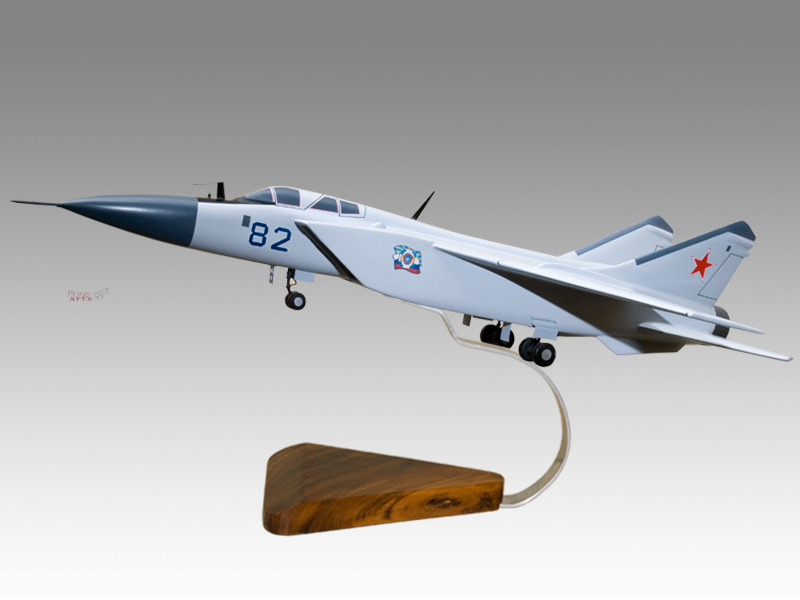
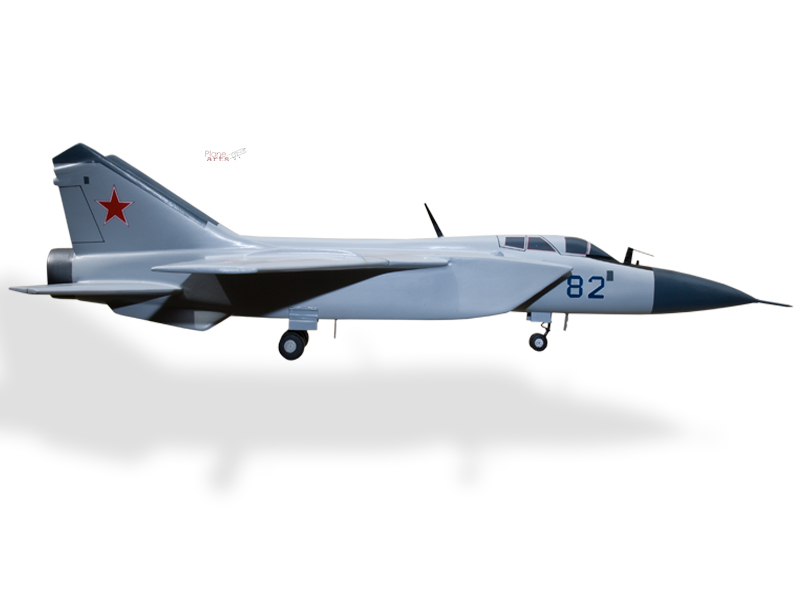
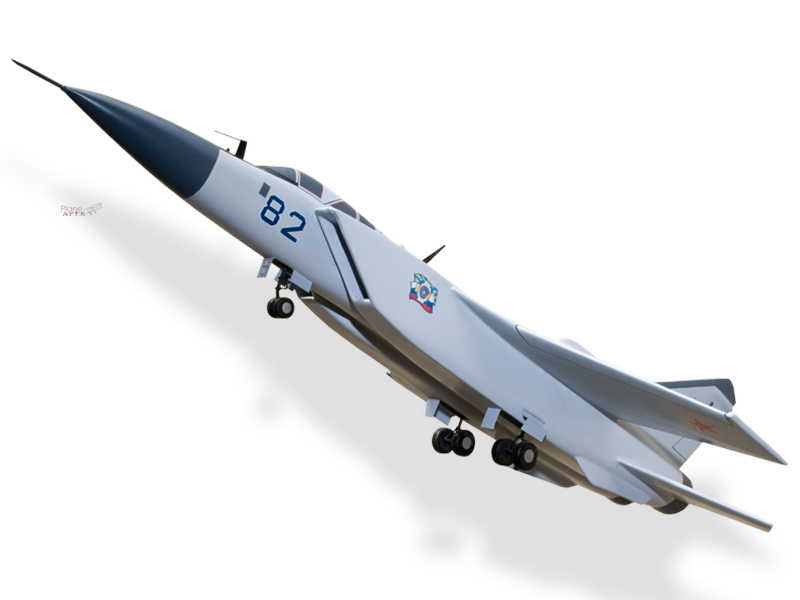
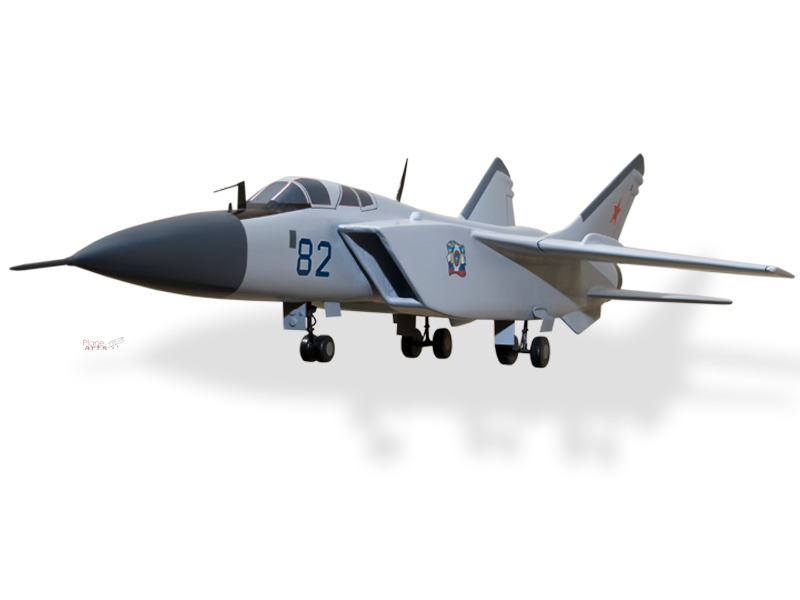


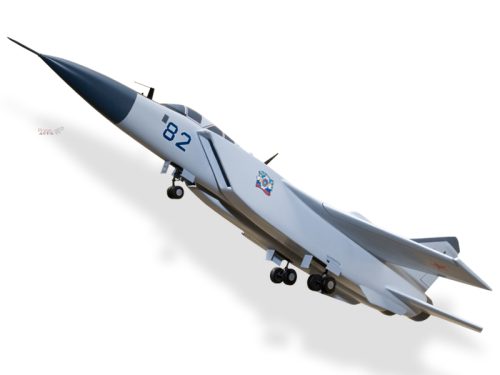
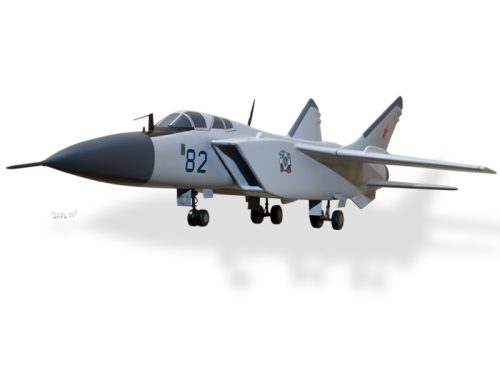


Reviews
There are no reviews yet.